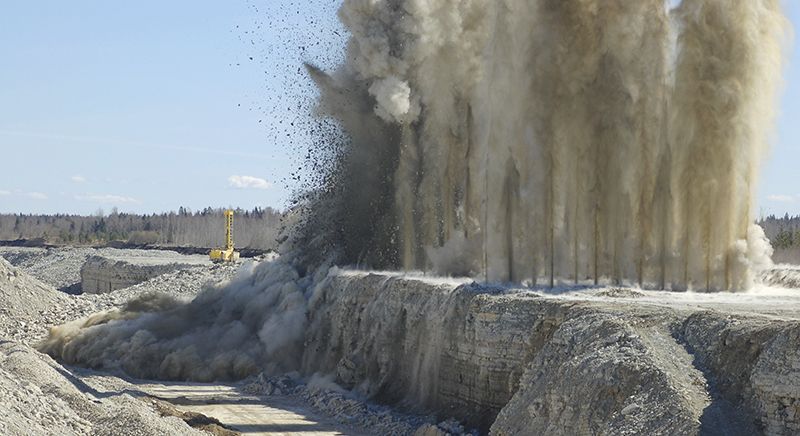
How IoT is Transforming the Way We Extract Minerals
The Internet of Things (IoT) has revolutionized the mining industry by enabling the integration of advanced technologies, real-time data collection, and analytics, leading to improved productivity, efficiency, and safety. IoT applications in the mining industry encompass various areas such as exploration, extraction, processing, and transportation.
Exploration and resource estimation

IoT technologies, including remote sensing devices, drones, and ground-penetrating radar, help in mapping and analyzing the terrain and identifying potential resource deposits. These devices collect data on geological structures and mineral compositions, which is then analyzed to determine the feasibility and scale of mining operations.
Fleet and asset management
IoT-enabled equipment and vehicles are equipped with GPS, sensors, and communication devices that allow real-time monitoring of location, performance, and maintenance requirements. This helps in optimizing fleet schedules, reducing downtime, and improving equipment utilization. Additionally, predictive maintenance algorithms help in identifying potential equipment failures, enabling timely maintenance and reducing repair costs.
Drilling and blasting
Drilling and blasting is a common method used in the mining industry for rock excavation and breaking down large masses of rock and minerals. It is an essential part of both surface and underground mining operations. The process involves two main steps: drilling holes into the rock and then filling these holes with explosives to fragment the rock into smaller, more manageable pieces.
Blasting

After the drilling is completed, the blast holes are filled with explosive materials, such as dynamite or ammonium nitrate/fuel oil (ANFO). The amount and type of explosives used depend on the rock properties and the desired blast outcome. The explosives are then detonated, either sequentially or simultaneously, to create a controlled explosion that fractures the rock into smaller pieces.
Drilling

In this stage, specialized drilling equipment is used to create holes in the rock formation, called blast holes. The depth, diameter, and spacing of these holes are determined based on factors such as the type of rock, desired fragmentation size, and the specific mining operation. Accurate drilling is crucial to ensure the efficient use of explosives and minimize the risk of misfires or excessive vibrations.
The fragmented rock, also known as muck or rubble, can then be easily removed or further processed, depending on the mining method and the targeted mineral. Drilling and blasting operations must be carefully planned and executed to ensure safety, minimize environmental impact, and optimize resource extraction. Proper blasting techniques can also help reduce the generation of excessive dust, noise, and ground vibrations, mitigating the negative effects on workers and nearby communities.
How IoT helps?

IoT sensors, such as accelerometers and gyroscopes, can be used to monitor drilling performance and ensure accurate hole placement, reducing waste and optimizing the use of explosives. Additionally, IoT devices can monitor blast vibrations and air pressure to minimize environmental impact and ensure worker safety.
Environmental monitoring and compliance
IoT sensors can be deployed to monitor air quality, water levels, temperature, and noise levels in real-time. This helps mining companies comply with environmental regulations and minimize the impact of their operations on the surrounding ecosystem. Data collected by these sensors can also be used to develop environmental management plans and improve sustainability.
Worker safety and health
IoT wearables, such as smart helmets and vests, can monitor vital signs, fatigue levels, and exposure to harmful substances. Geofencing technology can also be used to alert workers when they enter hazardous zones. In case of emergencies, IoT-enabled communication devices can help coordinate rescue efforts and ensure worker safety.
Process optimization and automation
IoT sensors and devices installed in processing plants can collect data on throughput, energy consumption, and equipment performance. This data can be analyzed to optimize processing parameters, reduce energy consumption, and minimize waste. Furthermore, IoT technologies can be used to automate various processes, such as ore sorting, which reduces manual intervention and increases efficiency.
Supply chain management
IoT technologies can enhance supply chain management by providing real-time visibility into inventory levels, transportation, and logistics. This helps mining companies optimize their supply chains, reduce lead times, and lower transportation costs.
In summary, IoT applications in the mining industry offer numerous benefits, including improved efficiency, reduced costs, enhanced worker safety, and minimized environmental impact. The integration of IoT technologies into mining operations will continue to drive innovation and transform the industry.